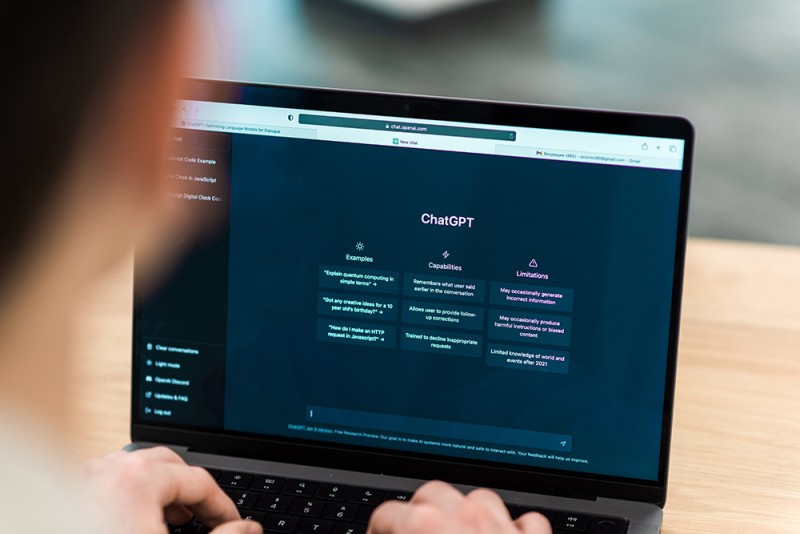
ChatGPT, developed by OpenAI, is a state-of-the-art language model that uses deep learning techniques to generate human-like text based on the input it receives. It has numerous applications, from customer support to content generation, making it a versatile tool in the world of artificial intelligence. This article will explore how ChatGPT works, where it gets its data, and how it understands and responds to customer queries.
How ChatGPT Works
At its core, ChatGPT is based on the GPT (Generative Pre-trained Transformer) architecture. This model relies on a neural network designed to process and generate text. The key components of this architecture include:
1. Transformers: The backbone of GPT, transformers are a type of deep learning model that handle sequential data, making them ideal for natural language processing (NLP). They work by processing the input text in parallel rather than sequentially, allowing for more efficient and powerful language understanding.
2. Pre-training and Fine-tuning: The model undergoes two main phases. During pre-training, it learns from a massive corpus of text data by predicting the next word in a sentence. This helps it understand grammar, facts, and some reasoning abilities. Fine-tuning involves training the model on a narrower dataset with human reviewers following specific guidelines, improving its performance on particular tasks and making its responses more relevant and accurate.
3. Attention Mechanism: This mechanism allows the model to focus on different parts of the input text selectively, understanding context and nuances better. It helps the model to weigh the importance of different words and phrases in the input, contributing to more coherent and contextually appropriate responses.
Where ChatGPT Gets Its Data
ChatGPT's capabilities stem from being trained on a diverse and extensive dataset that includes a wide range of internet text. However, it's important to note that it doesn't know specifics about which documents were part of its training set. Here’s an overview of its data sources:
1. Internet Text: The bulk of the training data comes from a variety of publicly available texts from the internet, such as books, articles, websites, and forums. This helps the model learn language patterns, facts, and different writing styles.
2. Curated Datasets: In addition to raw internet data, OpenAI uses curated datasets that have been selected and filtered to ensure higher quality. These datasets often contain professionally written content, educational material, and more structured information.
3. Human Review and Feedback: During the fine-tuning phase, human reviewers evaluate the model’s outputs and provide feedback. This feedback helps refine the model, ensuring it can handle a wide range of queries and generate accurate, helpful responses.
Understanding and Responding to Customer Queries
One of the standout features of ChatGPT is its ability to understand and respond to customer queries effectively. This process involves several key steps:
1. Query Analysis: When a user inputs a query, the model first breaks down the text to understand the intent and context. This involves parsing the sentence structure and identifying key elements of the query.
2. Contextual Understanding: ChatGPT uses the attention mechanism to focus on relevant parts of the input and draw from its extensive training data to understand the context. This helps it discern the nuances of the query and any implicit information that might be important for generating a response.
3. Generating a Response: Based on its understanding of the query, the model generates a response by predicting the most likely sequence of words that answer the question or provide the requested information. It balances coherence, relevance, and informativeness to produce a high-quality response.
4. Iterative Improvement: Through continuous interaction and feedback, ChatGPT improves its performance. User feedback on the quality and accuracy of its responses helps fine-tune the model further, making it more adept at handling diverse and complex queries over time.
Conclusion
ChatGPT represents a significant advancement in AI and natural language processing, leveraging powerful deep learning techniques and extensive datasets to generate human-like text. Its ability to understand and respond to customer queries with high accuracy makes it an invaluable tool across various applications. As AI technology continues to evolve, ChatGPT and similar models will undoubtedly become even more sophisticated, offering even greater value to users worldwide.



